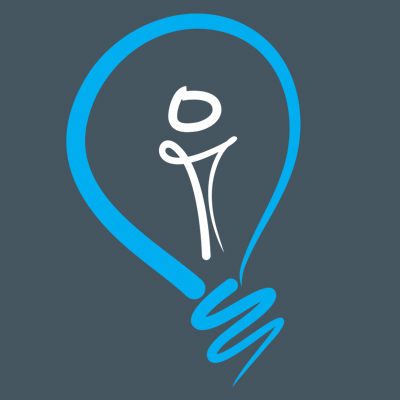
23 Nov Social media content: getting the balance right
Social media is an effective way for B2B companies to connect with prospects, generate leads and accelerate the sales cycle. While LinkedIn is the obvious professional social network, many B2B companies are also seeing the benefits of engaging their customers on more visual platforms such as Youtube, Instagram, and even TikTok.
With a range of social media platforms available and a variety of options for content, how do you strike the right balance?
Below is a guide to the mix of content to aim for across your business’ social media accounts.
Educational content
By showing current and prospective clients how to overcome challenges they’re facing in their roles, you position your organisation as a knowledgeable, helpful resource. How-to guides, infographics and instructional videos that support your audience day-to-day are highly valued, particularly when it comes to educational content about your own products or services.
Another form of educational content generation is to take a newsworthy issue or story that affects your industry and explore it for your audience as a thought leader, positioning yourself or your organisation as both knowledgeable and informed.
Of course, as with any marketing content, you need to make sure your educational content aligns with your goals. Whether it’s brand awareness, educating users or generating leads, clear and helpful content in the right place can bring impressive results.
Which platforms? Focus on the more visual platforms such as LinkedIn, Twitter and YouTube to get the most from this content.
Interactive content
Interactive content is another great way to capture the attention of your target audience on social media, raise brand awareness, and encourage lead generation. Any type of social content that your audience can interact with simply and quicky, such as quizzes, polls or contests, encourages them to engage with your organisation. The content can be directly related to your product or service, or have a more topical focus.
Not only does interactive content attract your audience’s attention, but it can also provide invaluable data about what they want, for example a poll on key features they look for in a particular type of software.
Which platforms? LinkedIn, Twitter and Instagram lend themselves well to this kind of interactive content.
Promotional content
Although promotional content is perhaps the most obvious form of marketing to undertake on social media, it can often get neglected by companies who want to avoid coming across to ‘sales-y’. However, this promotional content is essential for showcasing the features and benefits of your product to your audience, as well as building crucial brand awareness and integrity.
Promotional posts can take the form of engaging promotional videos, a post about a new feature or update, special offers, or even influencer collaborations, and are critical in encouraging your clients to view your organisation positively.
Which platforms? LinkedIn lends itself to written and visual posts, while YouTube and Instagram support video content well.
Endorsements
Anything created by the users of your product, such as reviews, testimonials, or comments on social media posts, can be used to build trust and credibility among potential customers. These content types can be very persuasive in the decision-making stage of the buying journey.
By including a clear and simple call-to-action in your posts to encourage lead generation, potential customers can connect easily.
Which platforms? Share on all platforms but prioritise LinkedIn where business decision-makers are most active.
Some blogs that might interest you
-
Unlocking success in B2B email marketing engagement for 2024: Adapting to shifting work trends
In a rapidly evolving B2B landscape, adapt to shifting work trends and skyrocket your email outreach success. Discover 5...
22 January, 2024 -
5 ways to boost your B2B email engagement
As the competition to get your emails read above others rages, how can you improve your email open rates and clicks? In ...
27 November, 2023 -
What is the anatomy of a good LinkedIn post?
A well-crafted LinkedIn post is essential for making a positive impression on your professional network and to grow your...
07 September, 2023 -
Prospecting with Precision: Building Trust and Opening Doors to New Opportunities
Prospecting with Precision: Building Trust and Opening Doors to New Opportunities ...
20 July, 2023








